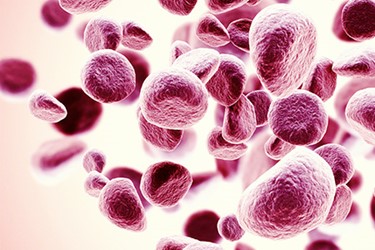Avoiding Hemolysis Blood Sample Collection Processing
By Abdul Ally, Area Director, Laboratory Science and Operations

Depending on your point of view, red blood cells, or erythrocytes, are throwaways and a nuisance, ruining a good blood specimen if the cells burst and contaminate the sample. On the other hand, erythrocytes have significant value in specific types of research, and if your objective is biobanking these cells in an intact state then hemolysis and the need for a re-draw is equally as much to be avoided.
Erythrocyte cell membranes rupture easily, releasing hemoglobin and flooding the sample with potassium and other internal components. Fortunately, breakage of erythrocytes is easy to detect, as the hemoglobin turns the serum or plasma sample from pink to red, depending on the number of cells that have lysed. Hemolysis is a primary driver of the need for re-draw, resulting in wasted time and resources. This paper explains how can hemolysis be prevented during specimen collection as well as hemolysis and specimen handling.
Get unlimited access to:
Enter your credentials below to log in. Not yet a member of Pharmaceutical Online? Subscribe today.
